What rock star moved to Tasmania because he’s a big fan of Errol’s?

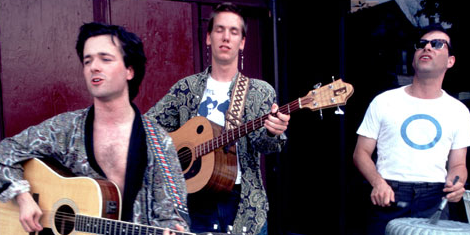
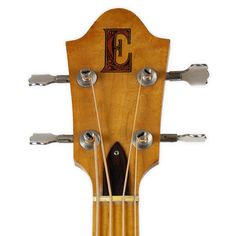
— Tim
John Wilkes (1725 to 1797). Born in London to a middle class family, he was a journalist, writer, libertine, poet, adventurer, wit, radical MP, womaniser, duellist, fighter against oppression, and one of the first media celebrities.
Wilkes was also the most successful womaniser we English ever produced (at any rate, he was the most famous). He even managed to pinch Casanova’s favourite mistress, which the Italian moaned about in his memoirs. It must have been very galling as Wilkes wasn’t much to look at, having a crooked jaw and a squint, but as one smitten female put it, ‘he doesn’t squint more than a gentleman should!’
He began life as an adventurer, gaining access to aristocratic society by virtue of his wit and erudition. He soon found a patron in the Earl of Granville, a prominent Whig politician. Granville secured for Wilkes a safe seat and he entered the House of Commons. Wilkes then founded the North Briton, a newspaper which focused its acerbic satire on the incompetent ministry of Lord Bute. Issue No45 caused uproar in its unprecedented attack on the Government and by implication, the King. Wilkes became an instant celebrity in an era that had just embraced newspapers, with shops ‘cashing in’ in the form of figurines, pictures, cockades, pins and even parrots that repeated ’45 & Liberty.’ Wilkes literally caused riots, and people would tear off pieces of his clothes.
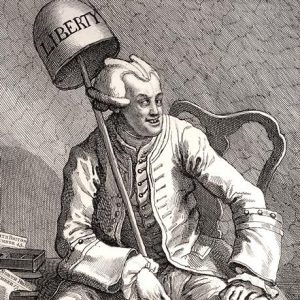
John Wilkes, drawn by his enemy William Hogarth
Even the Tory Dr Johnson was eventually won over by his charm and intelligence. Interestingly, he was referring to Wilkes when he famously said, ‘Patriotism is the last refuge of a scoundrel.’
Another reason Wilkes became infamous was his Flynning ways. A libertine who had lost his virginity aged 12, he liked to try everything and, in particular, every woman. He was elected a member of a secret society called the Monks of Medmenham, which later became known as the Hell Fire Club.
The men dressed as monks, and prostitutes were hired to dress as nuns. They were ferried by boat, at night, to the grounds of a ruined abbey on the banks of the Thames. Wilkes was known as ‘Brother John of Aylesbury’ and kept the cellar books. The quantities of claret and port consumed were quite extraordinary, even by the standards of the day.
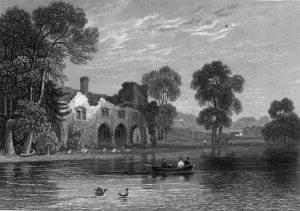
Medmenham Abbey
Wilkes loved to play practical jokes. In fact, it was said of him; ‘Jack Wilkes will sacrifice his best friend for a scurvy jest.’ Remind you of anyone? He once dressed an ape as the Devil, hid it in a chest and then unleashed it on an unsuspecting Lord Sandwich, who was then First Lord of the Admiralty.
After a few years, the ‘brotherhood’ disbanded. According to some, the orgies were relocated to the subterranean caves at West Wycombe Park in Buckinghamshire. West Wycombe, which is one of the first Palladian houses in Britain, belonged to fellow ‘monk,’ Sir Francis Dashwood, who had the grounds laid out to mimic the shape of a woman’s naked body.
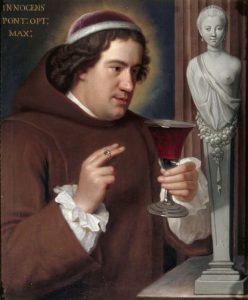
Sir Francis Dashwood, painted as a monk
Having been in the caves myself, however, I can say that they are cramped, freezing and very damp! Hardly conducive to nights of passion.
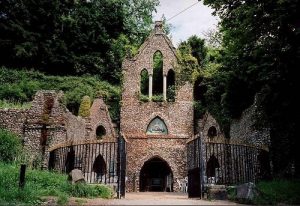
Entrance to the caves at West Wycombe Park

Inside the caves at West Wycombe
West Wycombe House
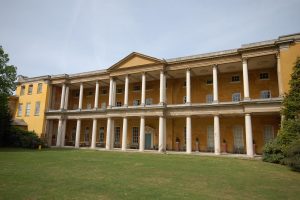

The house and, above, its private church with a hollow golden ball that could seat six men, and was used for drinking rum punches!
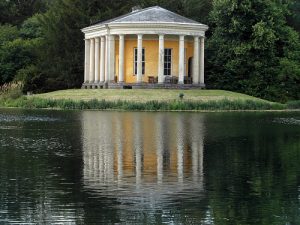
The Temple of Music
Wilkes had married young, to an older, wealthier woman. The marriage was not a success and he left, taking their daughter Polly, who was devoted to him and never married. When Wilkes had to escape to the Continent after the Parliament convicted him of ‘obscene libel’, Polly accompanied him.
After a sojourn in Italy, where Wilkes took up with a 15 year old countess who stole all his money, he returned to England, was imprisoned, re-elected to the House of Commons and went on to become Mayor of London and a supporter of American independence. He also established three vital English liberties; freedom of the press to report the proceedings of Parliament, freedom from arrest without charge, and the right to take your seat in Parliament if you have been democratically elected.
Errol would definitely have approved.
Wilkes died aged 72 at his home in Grosvenor Square and is buried in the Grosvenor Chapel, South Audley Street, London.
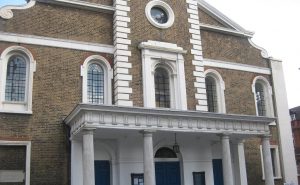
Grosvenor Chapel, Mayfair.
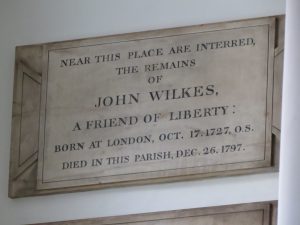
— PW
The three men depicted below were all early members of a club that few of their acting colleagues in Tinsel Town joined.
– It involved a skill relatively rare among their acting colleagues.
– Sean later had the skill involved, but was not a club member.
– It was founded in 1944 and is still active.
What’s the Club?
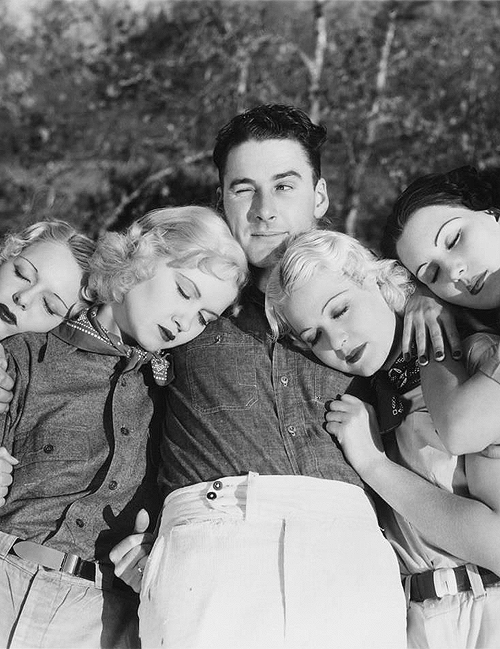
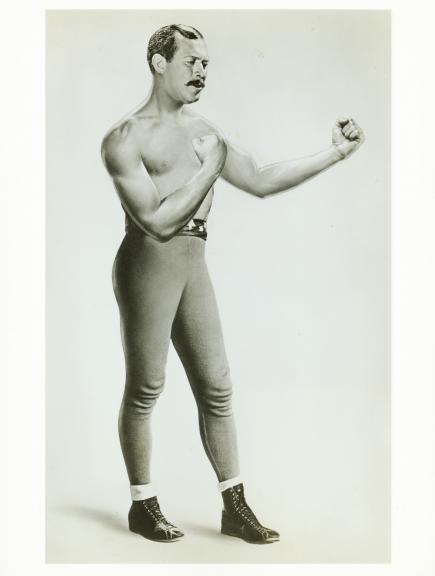
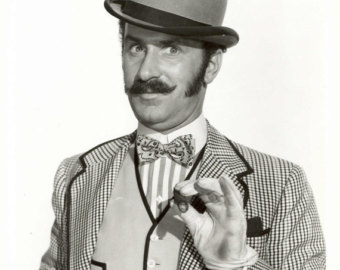
— Tim
Soccer, Football, Tennis (& Motorbiking)
Yesterday while at the Palm Beach History Museum, I had the great fortune and pleasure of meeting a Palm Beach contemporary of Sean’s and of George Hamilton, who funded and hosted the film and exhibit we were viewing. Out of our conversation spun some spontaneous research leading to the following confirmation that Sean played both flag football and soccer for his school, the Palm Beach Private Day School.
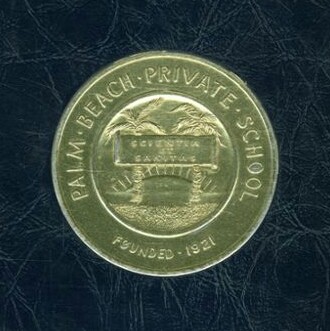
From the Palm Beach Post:
Soccer Begins
February 1957
“The Palm Beach Private School varsity teams and Ransom School of Miami played to a 1-1 tie in the local school’s first home soccer game of the season here Thursday. The one goal for Palm Beach was scored by Sean Flynn.”
Football
October, 1956
“Palm Beach Private Day School opens its touch football season today at 2 p.m. against Webster-Tufts School at Lake Worth. Line-up for the Private School: Bob Kolb, RE, Dale McNulty, C, Sean Flynn, LE, Nick Smith, QB, John Logsdon. RH, and ….”
Dad
Summer, 1956
And here’s Sean with Errol only a few months earlier, in the summer of ’56. He looks very happy and proud to be with his Dad, an occasion that surely helped inspire and enhance Sean’s athletic success that ’56/’57 school year.
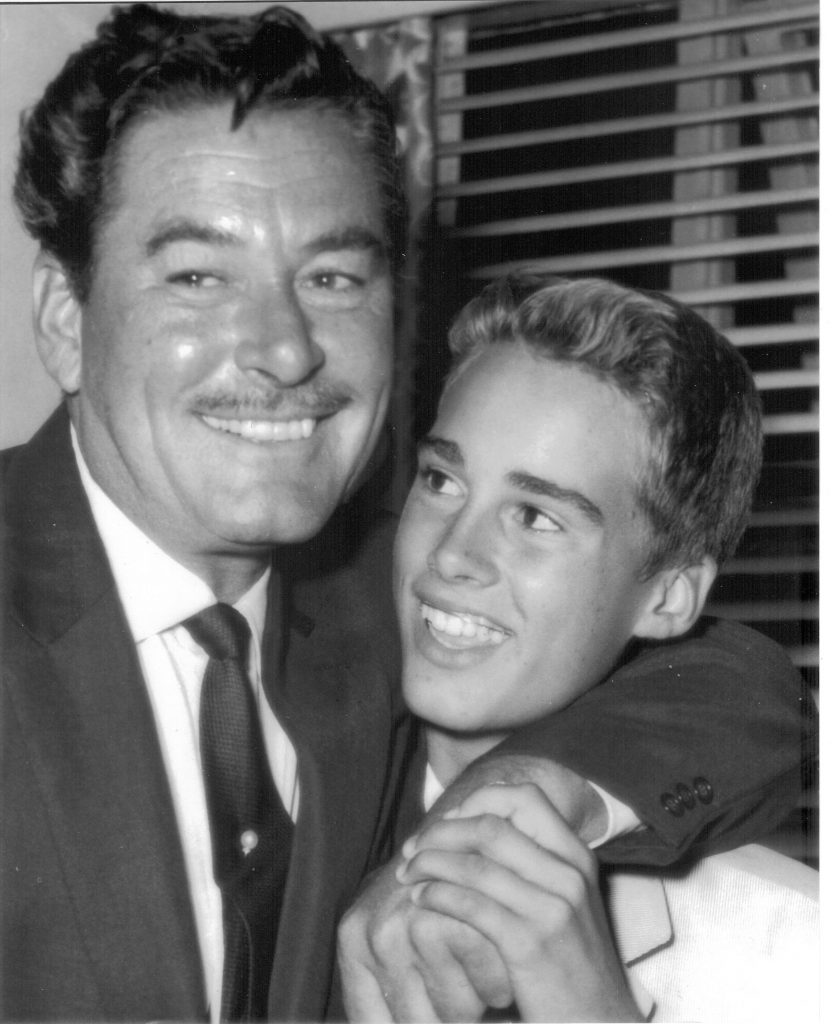
Gigi Phillips, a schoolmate of Sean’s, recalls:
“I went to school with Sean at Palm Beach Private back in the 50’s. He was older than I was, but was always so kind to me. Once he left Palm Beach, he would return to the school on his vacation. I have fond memories of him helping me with my math homework.
“Sean was a fine teenager when I knew him. Friendly to everyone, even the younger students. Gave anyone who asked rides on his motorcycle. His mother doted on him. I’m sure she was devastated when he disappeared.”
And from the gorgeous Gita Hall, who was dating Errol during this time, in fact she and Errol were out on the town in the Big Apple quite a bit the very week of Sean’s soccer success in early February of ’57:
“I knew Sean through his father who was so proud of him. I watched him play tennis, got to spend some quality time with him on several occasions. What a rare outstanding young man and what a tragedy that he lost his life at such a young age.”
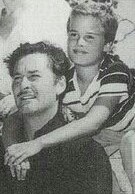
— Tim
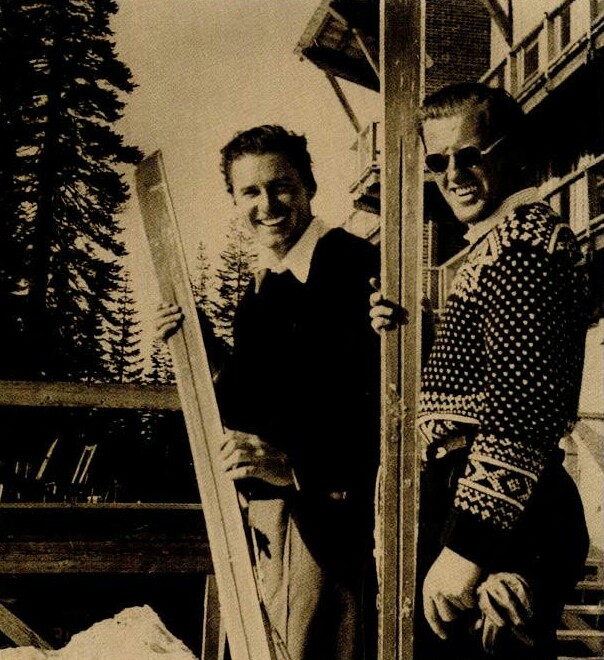
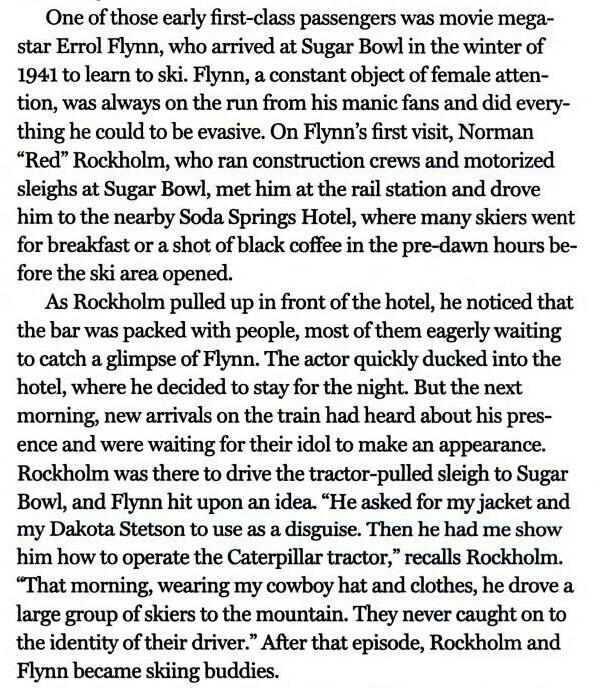
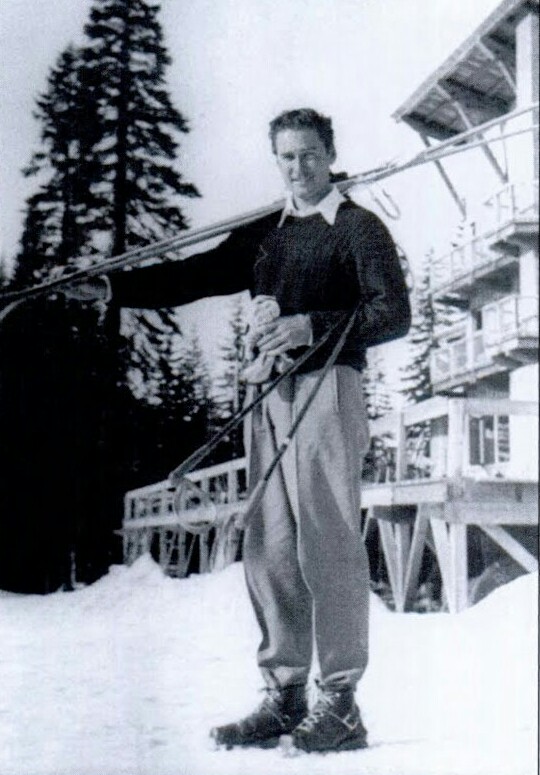
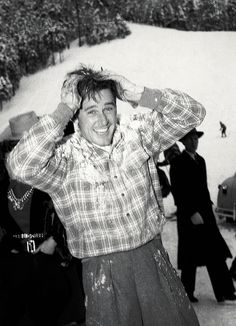
Photo at top is of Errol and his Sugar Bowl Buddy, Hannes Schroll, the legendary Austrian Dare Devil, Yodeler, and Ski Slope Character.
— Tim
A Compelling Urgency
www.odt.co.nz/lifestyle/magazine/compelling-urgency-elevates-herr%E2%80%99s-war-story-years…
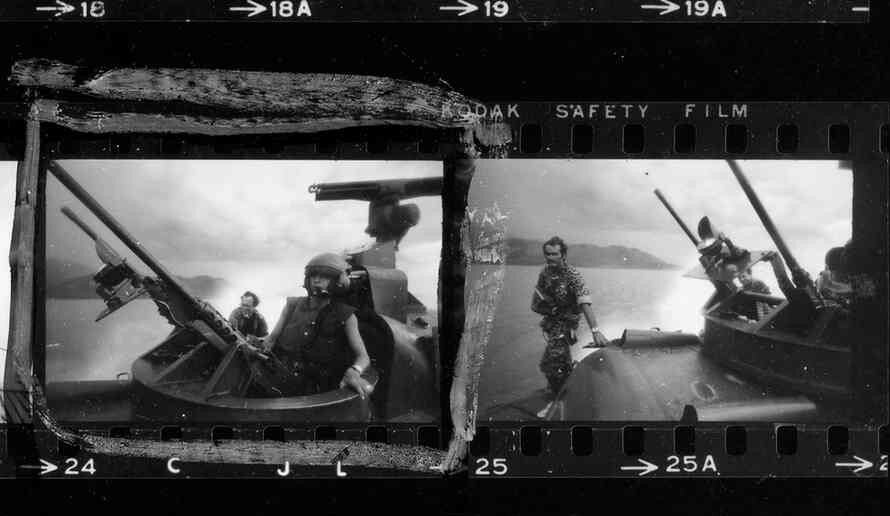
‘Clung to the side of a hovercraft’: Mike Herr and Sean Flynn at Dong Tam Lagoon, 1968. Photo: Tim Page
— Tim
The Story of Errol’s Majorca
Great Flynnian Info & Imagery in the Documentary Below.
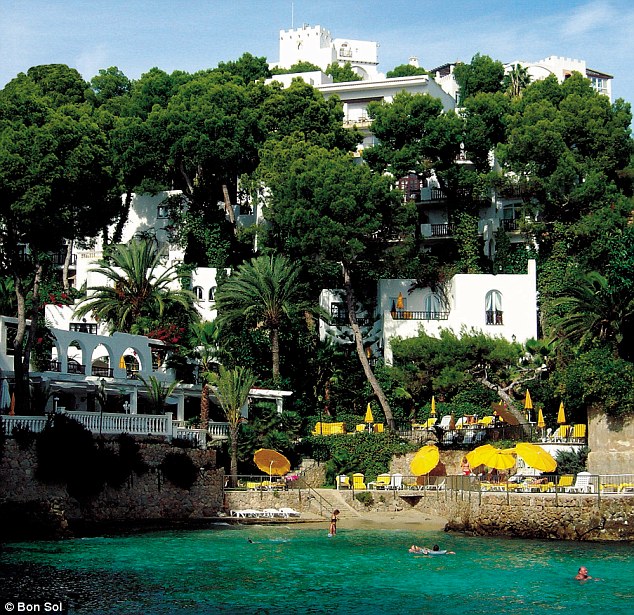
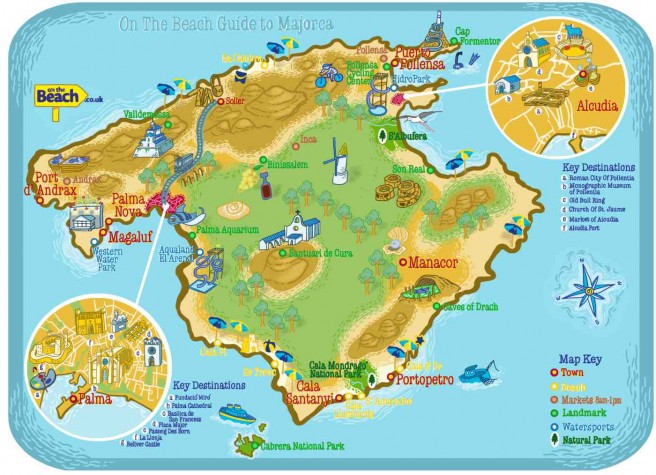
“In the midst of his honeymoon with his wife, Patricia Wymore, the actor and bon vivant Errol Flynn was sailing towards Gibraltar on his yacht, Zaca, when they were caught in a terrible storm. Seeking the shore, their only choice was to moor their boat at Pollença, a harbor on the island of Mallorca. The place, plentiful in boats and with a distant view of the mountains, swept them in bewilderment. After that first sight of the Mediterranean culture, they subsequently sailed to the Bay of Palma. After their honeymoon ended, Flynn promised to return to Mallorca to stay and that is how in 1955 he settled on the island, where he could find the calm and anonymity that he so desired at the time.” [passaportto.iberostar]
Errol and Sean, Mallorca, Summer of ’57
www.huffingtonpost.co.uk/rupert-parker/mallorca-holidays_b_6986278.html…
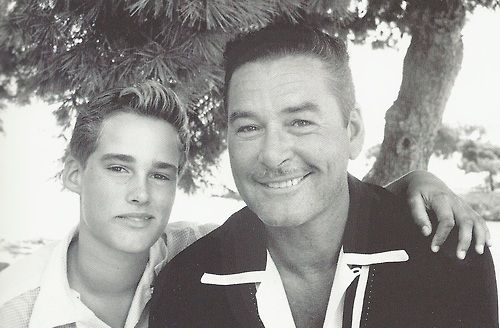
— Tim
Quoting the Bucks County Courier Post:
"Flynn in Focus on TCM"
"Fans of swashbuckling favorite Errol Flynn have the opportunity on Jan. 17 to binge watch seven of his favorite films.
The film-lover’s network Turner Classic Movies will begin airing the titles beginning at 6 a.m. that day.
According to TCM’s detailed Now Playing: A Viewer’s Gide to Turner Classic Movies, the titles will be:"
"Adventures of Don Juan”, with Viveca Lindfors in the breezy version of the legendary lover charged with saving his queen from treason. Vincent Sherman directed. (1948; 6 a.m.)
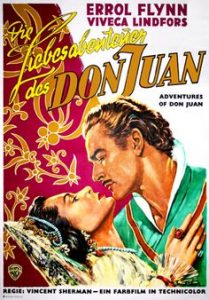
“Captain Blood”, with Olivia De Havilland in Flynn’s star-making role as a doctor-turned-pirate. Michael Curtiz directed. (1935; 8 a.m.)
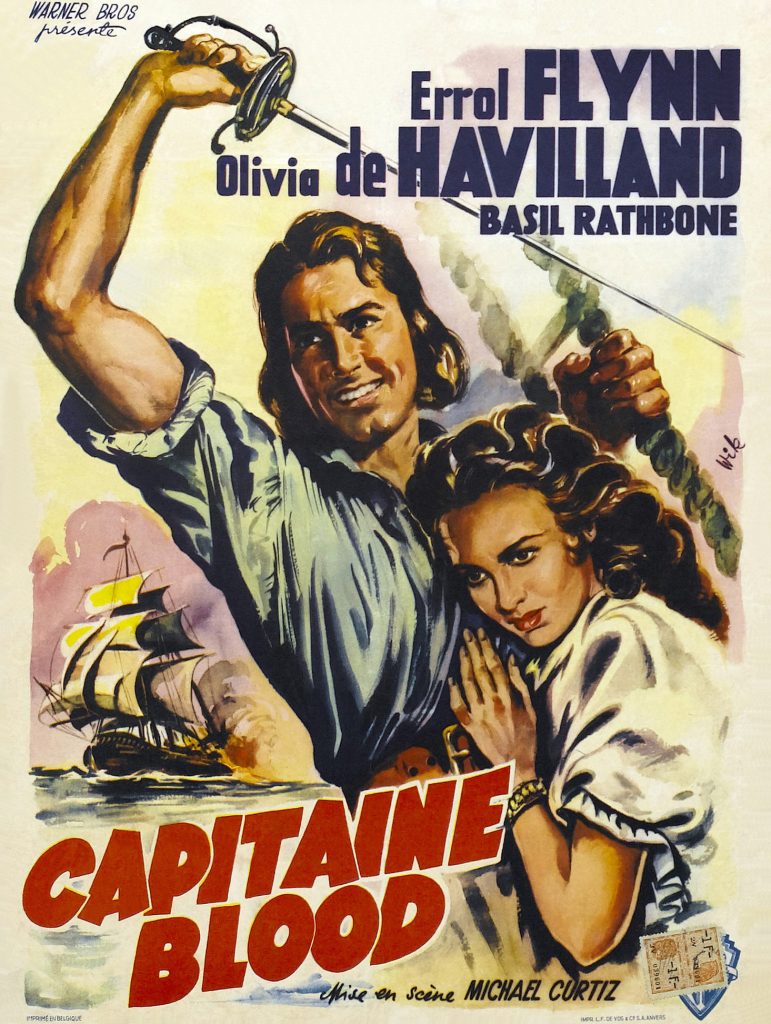
“Kim“, with Dean Stockwell in an adaptation of Rudyard Kipling’s tale of an orphaned boy and his adventures with the British Army. Victor Saville directed. (1950; 10 a.m.)
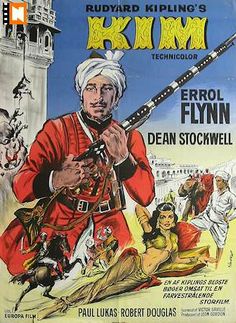
“Northern Pursuit”, with Julie Bishop in a thriller about a Mountie tracking a Nazi flyer through the Canadian wilderness. Raoul Walsh directed. (1943; noon)
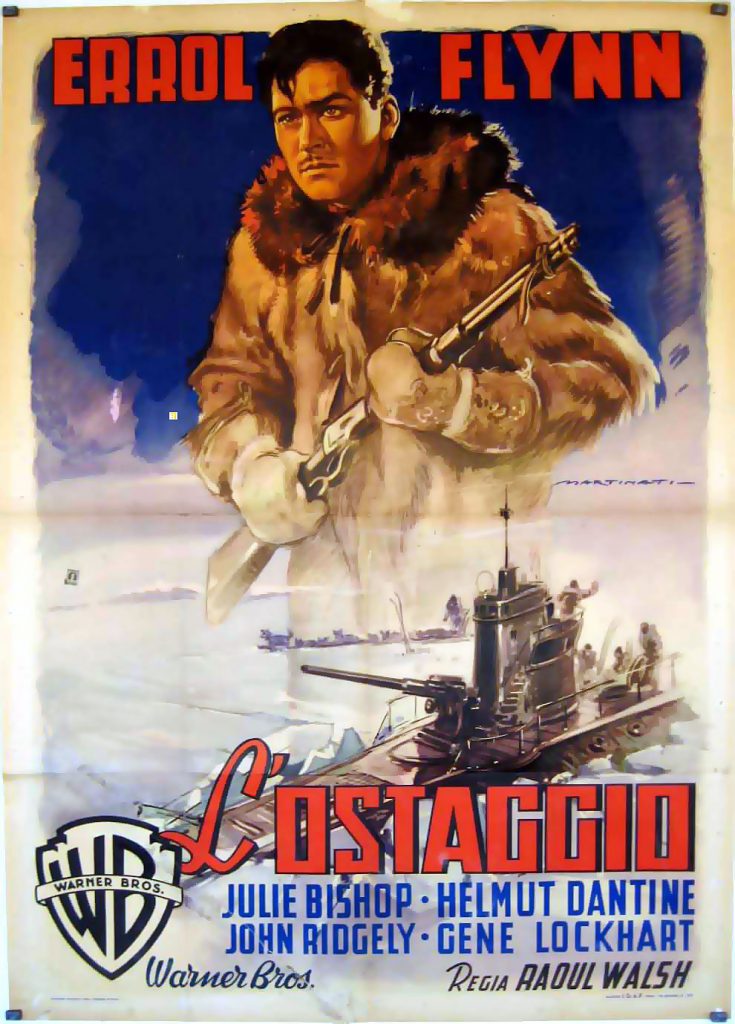
“The Prince and the Pauper”, with Claude Rains in an adaptation of a Mark Twain tale about a prince who changes places with a peasant boy. William Keighley directed. (1937; 1:45 p.m.)
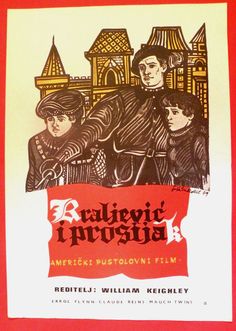
“The Adventures of Robin Hood”, with Basil Rathbone in the ultimate version of the story about a hero who robbed from the rich and gave to the poor. Curtiz directed. (1938; 3:45 p.m.)
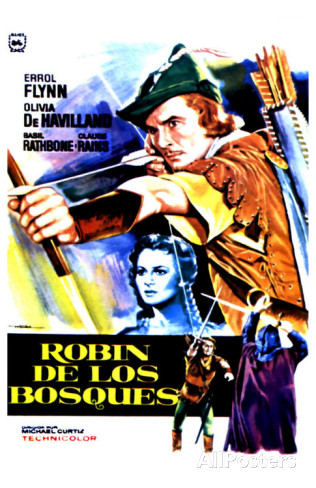
“The Sea Hawk”, with Claude Raines in the adventure epic about a British buccaneer who challenges the Spanish fleet. Curtis directed. (1940; 5:30 p.m.)

,
“For Flynn fans, binge watching these titles ranks as a great way to kick off 2017.”
— Tim